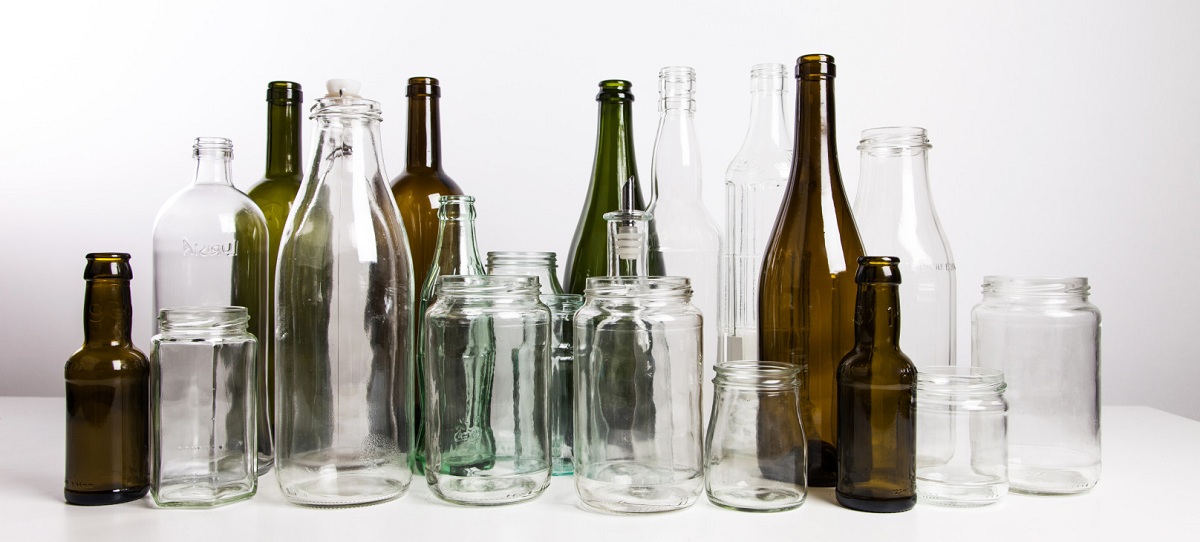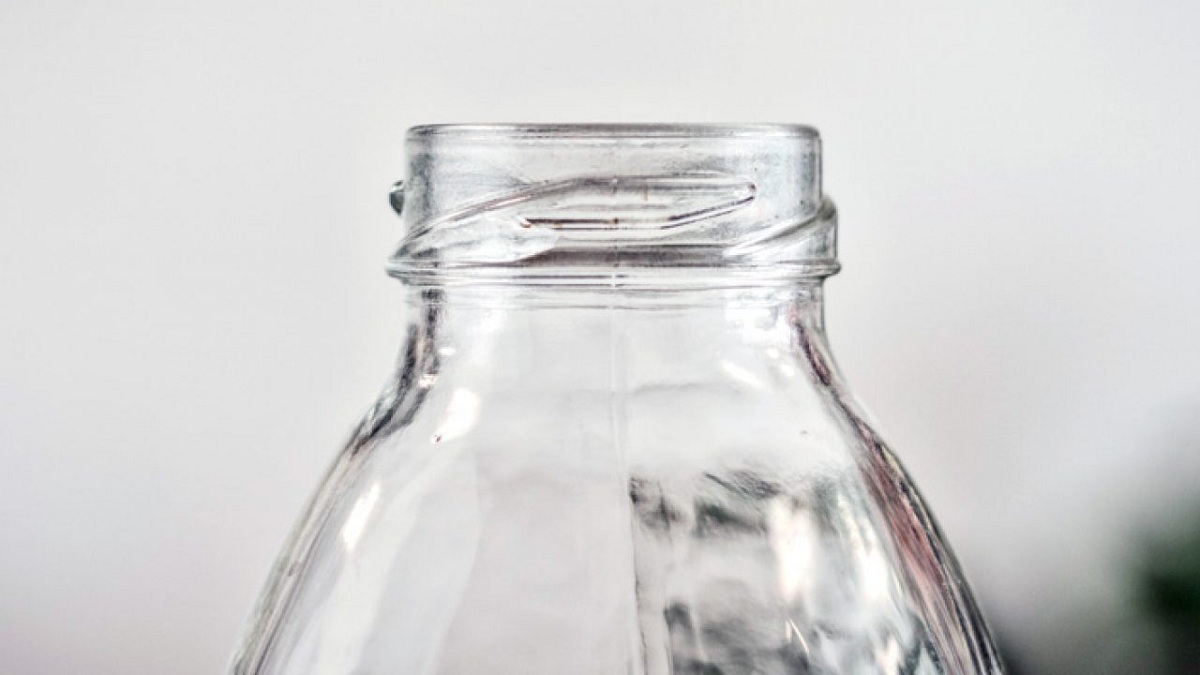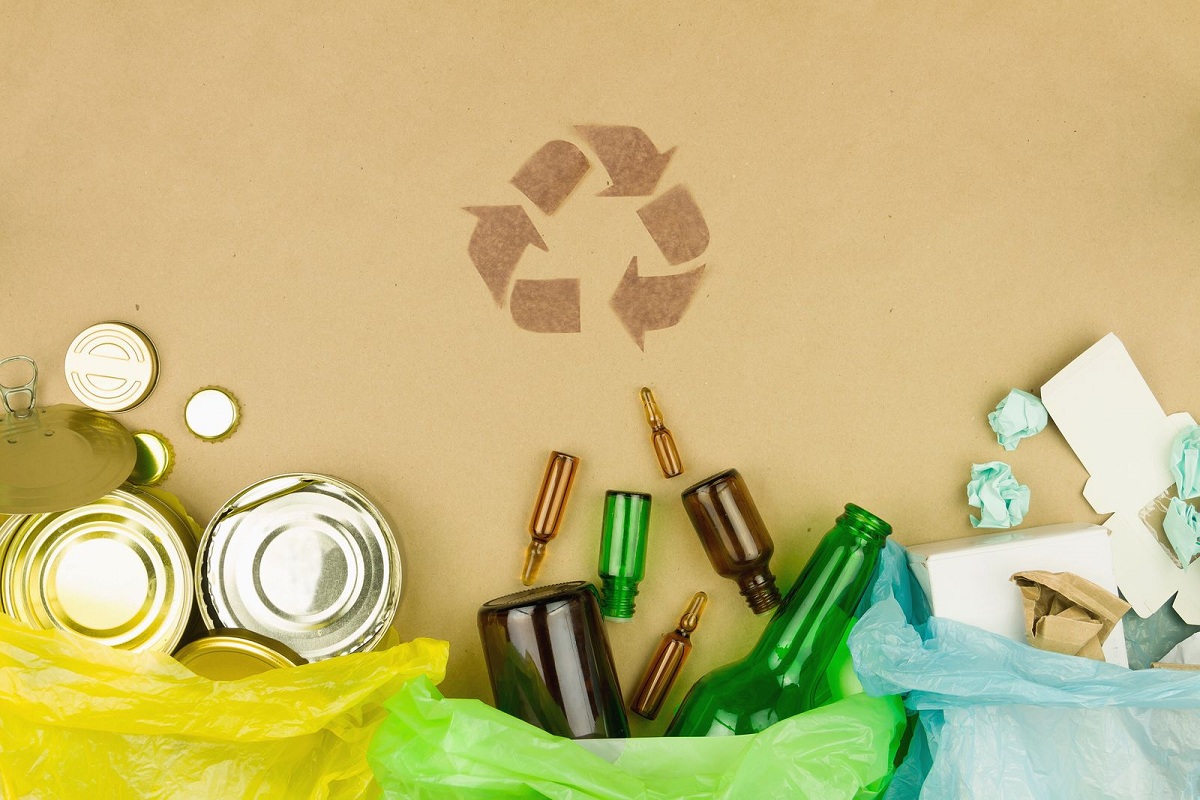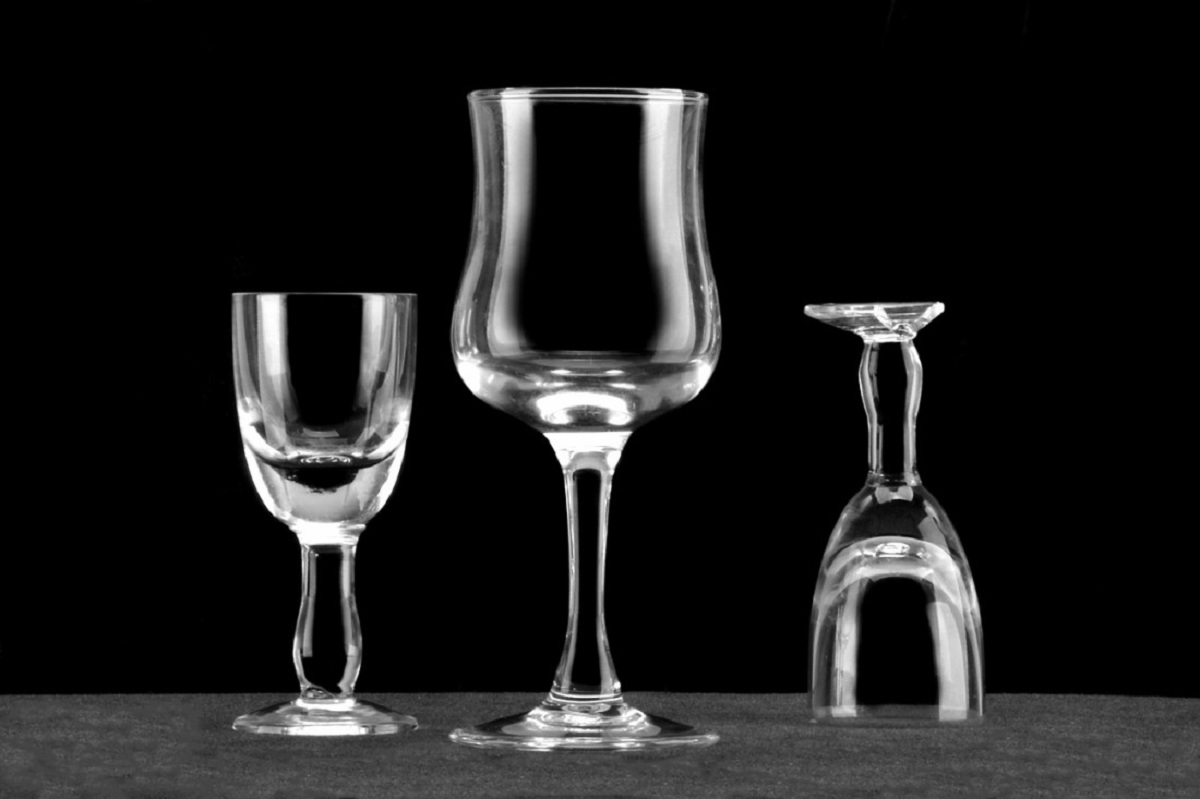
There are many people who do not know very well what the differences between glass and crystal. At first, they both appear similar materials since they are transparent and are used for many similar aspects. However, glass and crystal do not have the same composition. Therefore, it is not recycled in the same way either.
In this article we are going to tell you all the characteristics, uses and differences between glass and crystal.
Glass characteristics

Glass is an inorganic solid material with hardness and is brittle. It does not have a defined shape and is formed through the melting of various mineral substances at high temperatures. Among these minerals we find carbonates or salts and a great variety of sands. These materials are cooled quickly and in a mold to be manipulated with tools that serve to shape it.
Glass can be built using ordinary sand. Common sand needs to be in a liquid state and cannot be produced naturally. For it, you need to raise the temperature of the sand to about 1700 degrees. After being melted, it cools to transform its structure and return to the solid state. When it returns to the solid state, it does not take the form of a yellow clay substance, but becomes a solid and crystalline material that does not have a certain shape.
Glass is used as an important element today for various uses. Some of the uses are for the home, decoration, telecommunications, infrastructures, electronic devices, work machinery, health equipment, etc.
Let's see what are the characteristics of glass:
- It is a hard material regardless of its thickness.
- It is brittle and can break when struck.
- Being a malleable material, it can be molded with various methods to give it different shape and characteristics. It is thanks to this property that it exists tempered glass, thermoacoustic, armored glass, laminated, among others.
- It is a material produced by casting and cooling that can be re-softened as long as it is expose to temperatures above 800 °.
- Thanks to its properties, it can be recycled repeatedly. It has become the recyclable material par excellence to optimize the use of raw materials.
Differences between glass and crystal

There are a great variety of crystals today. The colors of the crystals are soft and must be treated with care. It is a perfect solid that contains lead oxide which has a regular atomic structure. It has all the atoms ordered and they give rise to definite and symmetrical shapes. Unlike glass or crystal, it is a material created by nature from the crystallization of gases.
The glass is manufactured and has an irregular structure. Its components are natural but it is the result of the fusion of different whole raw materials that we find limestone, silica and soda. The arrangement of these materials is random, unlike what happens with crystals.
Most of the crystal glasses we use are not actually crystal, but glass. Almost all tableware is made from this material as well as containers used for food, bottle forming and canning jars. The glasses are usually made of glass, but there are also glass ones. If you want to know if a glass is glass or glass, you just have to tap the edge with your finger. If the sound produced is a "ping" rather short in duration, it is a glass goblet. On the other hand, if the sound is longer it is a crystal goblet. In addition, crystal glasses are heavier, transparent, thinner and more delicate. You have to be very careful with this type of glasses and they are only usually used in more special events.
Advantages of glass over glass

Let's see what are the advantages that glass has over glass. We know that in the face of recycling, glass is a 100% recyclable material. This means that it can be melted again without losing material quality or quantity. To do this, all you need to do is re-deposit the used glass scraps in the green container. These materials are going to be deposited again in the smelting furnaces and at high temperatures to mold again and give it new shapes.
On the other hand, glass cannot be recycled. The lead oxide in glass requires a much higher melting temperature than glass. Therefore, the same smelting furnaces cannot be used. The glass is not recyclable, so it must be deposited in the gray container. These are large glass objects such as windows and mirrors it is advisable to deposit them in the clean points.
Speaking of recycling, we must take into account any type of material to give it a second life before recycling. Let's not forget the 3R. The second R is reuse. Before getting rid of a possible residue, the fundamental thing is to try to give it a second life. Only then take advantage of evokes the maximum use of this material. When a material is recycled, the total raw material is not obtained again. In addition, you also have to add the energy expenditure that leads to raising the temperature of the glass to reshape it. The material is 100% recyclable but needed an extra cost to recycle it.
Differences between glass and crystal: recycling
Let's see what you should do with both glass and crystal. After recycling, products that are made of glass are transformed in new glass containers such as bottles, jars or jars. They can also be used to make household objects such as vases.
Among the differences between glass and crystal we see that this material does not have so many uses, so they are discarded in their entirety. As you can see, there are numerous differences between glass and crystal and must be taken into account when depositing in green containers.
I hope that with this information you can learn more about the differences between glass and crystal.